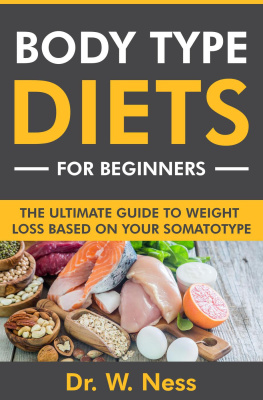Copyright
STERLING PAPERBACKS
An imprint of
Sterling Publishers (P) Ltd.
A-59, Okhla Industrial Area, Phase-II,
New Delhi-110020.
Tel: 26387070, 26386209; Fax: 91-11-26383788
E-mail: sterlingpublishers@airtelbroadband.in
ghai@nde.vsnl.net.in
www.sterlingpublishers.com
5 Steps to
Manage Obesity
2007, Dr. Anjali Arora
ISBN 978-81-207-3249-0
All rights are reserved.
No part of this publication may be reproduced, stored in a retrieval
system or transmitted, in any form or by any means, mechanical,
photocopying, recording or otherwise, without prior written
permission of the authors.
The author and publisher specifically disclaim any liability,
loss or risk, whatsoever, personal or otherwise, which is
incurred as a consequence, directly or indirectly of
the use and application of any of the contents of this book.
The author wishes to thank all academicians, scientists and writers
who have been a source of inspiration.
Introduction


O besity is one of the primary lifestyle diseases of the present century. It refers to excess body weight in the form of fat. Obesity has become the direct result of unhealthy food habits and a sedentary lifestyle. It is the main predisposing cause of diseases like blood pressure, diabetes and heart disease. Managing obesity has therefore become crucial in order to lessen the incidence of associated diseases.

01. Test Yourself For Obesity

Yes | No | Diet |
| You like fried, salted and sugary foods. |
| You do not like eating fruits. |
| You are not a regular salad consumer. |

Yes | No | Sedentary Habits |
| You have a job which requires you to be sitting most of the time. |
| You do not get any time for exercise. |
| You do not enjoy working out or going for a walk. |

Yes | No | Lifestyle |
| You have more than two small drinks 3-4 times a week. |
| You are fond of snacking on packed foods between meals or with your drinks. |
| You eat out 4-5 times per week. |

Yes | No | Couch Potato |
| You eat while watching television or reading. |
| You tend to overeat when you are tired or depressed. |
| You like to hit the bed immediately after dinner. |

The more times you answered yes to the above statements, the greater your risk of being overweight or obese, and having heart disease, stroke or colon cancer.
02. Understand Obesity
Understand Obesity
Obesity can be defined as the presence of excess adipose tissue in the body.
More than 20% of the ideal weight indicates excess weight, and more than 30% indicates obesity.
01. Body Mass Index (BMI)
BMI is the index of obesity. It is calculated as the ratio of body weight in kg to height square in meters.




02. Basal Metabolic Rate
The following equation can be used to find your basal metabolic rate, or how many calories you burn per day at rest (through heartbeat, maintaining body temperature and breathing). You should multiply your weight in pounds by 11.
(To convert your weight from kg to lbs multiply by 2.2)
If you are over 20 years, you must make an adjustment to the calculation to arrive at your BMR. For each decade over 20, subtract 2% from your total. Taking the example of a person in his 30s with a weight of 140 lbs.
140 x 11 = 1540
2% of 1540 = 30
1540 - 30 = 1510
Therefore, a person in his 30s should have a basal metabolic rate of 1510 and so on.
So, this person should have approximately 1510 calories in a day to maintain his/her current weight. In order to lose weight he/she will have to consume food of less calorific value or burn calories through brisk exercise.
03. The Pima Paradox
The Pima Indians are known to be the heaviest people in the world. Some of their adults weigh more than 500 pounds.
Many generations of these Indians lived in the desert, under famine conditions. The most successful survivors of the Pima were those with genes which helped them store as much fat as possible when food was available. Now in the present times this fat storage goes against them. Many obese Pima teenagers on modern American diet are suffering from diabetes.
Now comes the paradox. It is seen that a group of Pima Indians living in Sierra Madre Mexico are obese but do not have obesity related disease.
Though both these populations (American & Mexican Pima Indians) consumed the same amount of calories each day, the Mexican Pima Indians lived like their ancestors. They physically laboured throughout the day and ate a traditional diet that was low in fat.
So, though it is apparent that the Pima Indians may have a genetic predisposition towards obesity but the important aspect is the environment that you live in. Your environment and lifestyle determines your healthy living!
04. Body Types

We have partial control over our body shape and size. Partially, our genetic predisposition controls our metabolism, body type and the tendency to store fat.




























